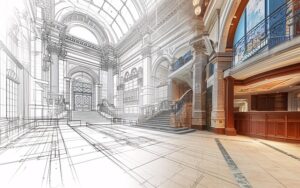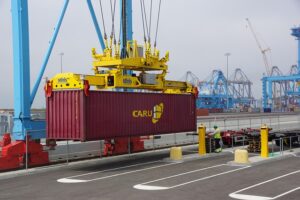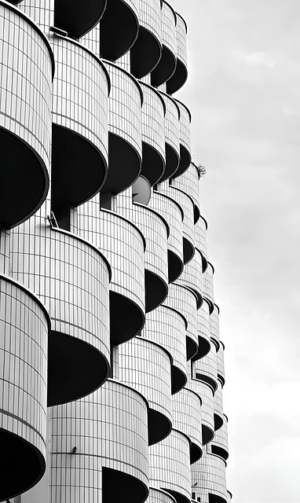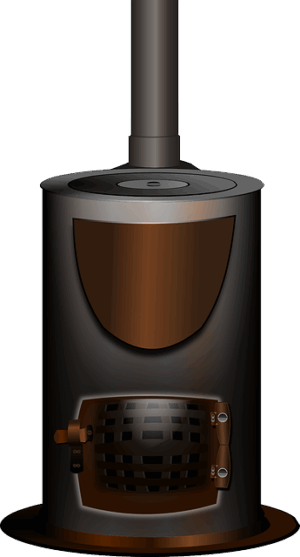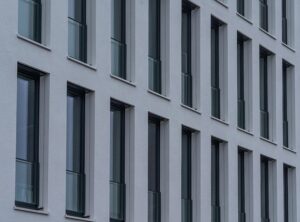Destratification fans are modern game-changers in commercial spaces, addressing thermal stratification issues of conventional ceiling fans. Their strategic design and advanced technologies optimize HVAC efficiency, reduce energy costs, and enhance comfort in large industrial and office settings. By promoting uniform air circulation, these fans foster productivity and create sustainable environments. Case studies demonstrate their effectiveness in improving temperature control and saving energy in various commercial applications.
Commercial destratification fans play a pivotal role in optimizing air distribution across vast, open spaces. By efficiently mixing and dispersing air, these fans enhance environmental comfort, improve indoor air quality, and reduce energy consumption. In today’s article, we explore the transformative power of destratification fans, delving into their key features, benefits, and strategies for optimal performance in large spaces. We also present compelling case studies that highlight successful implementations and remarkable results.
- Understanding Destratification Fans: Their Role and Benefits
- Key Features and Technologies in Modern Commercial Fans
- Optimizing Air Distribution: Strategies for Large Spaces
- Case Studies: Successful Implementation and Results
Understanding Destratification Fans: Their Role and Benefits
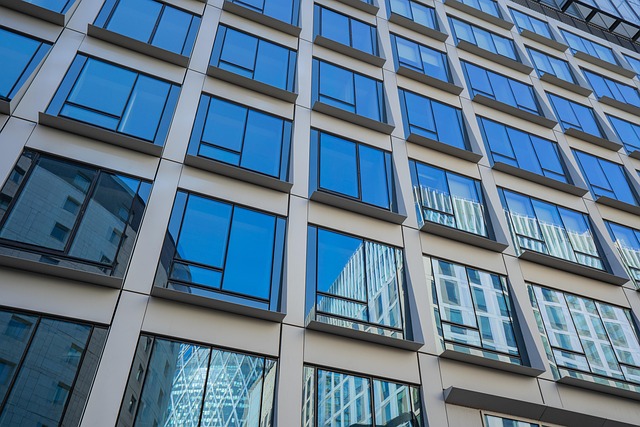
Destratification fans play a crucial role in optimizing air distribution within large, commercial spaces. Unlike conventional ceiling fans that primarily create a downward flow of air, destratification fans are designed to break up thermal stratification—the tendency for warm air to rise and cool air to sink. By efficiently mixing and redistributing warm air throughout the space, these fans enhance HVAC efficiency, enabling better temperature control and significantly reducing energy savings.
This innovative air mixing technology is particularly beneficial in industrial cooling applications, where large areas require uniform air circulation. Ceiling-mounted destratification fans are ideal for commercial environments such as factories, warehouses, and large office buildings, ensuring optimal comfort levels while minimizing operational costs. Through efficient warm air redistribution, these fans help maintain a consistent environment, enhancing productivity and overall satisfaction in both employee comfort and customer experience.
Key Features and Technologies in Modern Commercial Fans
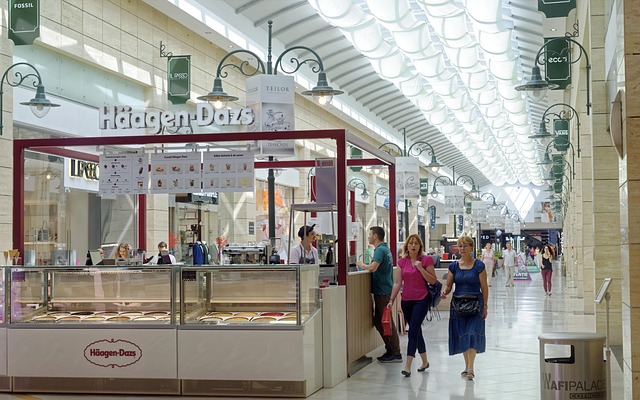
Modern commercial destratification fans are equipped with innovative technologies that significantly enhance their performance and functionality. These advanced features cater to the specific needs of large spaces, ensuring optimal air distribution and comfortable environments. Key among them is air mixing technology, which efficiently blends warm and cool air, preventing the formation of temperature stratification. This ensures a uniform thermal stratification across the entire area, resulting in enhanced HVAC efficiency.
Another notable feature is the integration of ceiling-mounted fans designed for high-volume air circulation. These fans are engineered to move large amounts of air with minimal energy input, thereby facilitating energy savings. Furthermore, they incorporate smart controls that enable precise temperature control, allowing facilities managers to optimize cooling efforts in commercial applications. This not only enhances comfort but also contributes to sustainable and cost-effective industrial cooling practices.
Optimizing Air Distribution: Strategies for Large Spaces
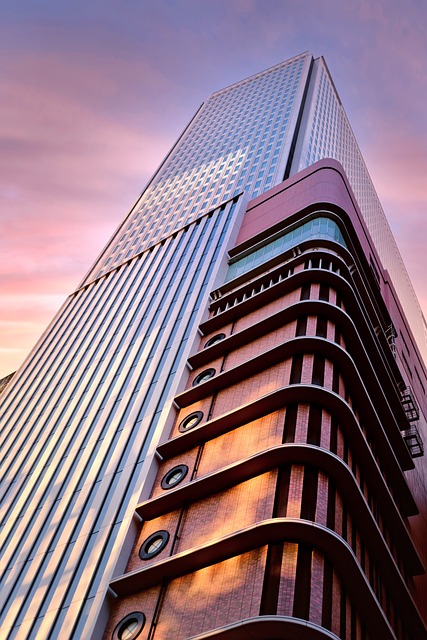
In large spaces, optimizing air distribution is paramount for creating a comfortable and productive environment. Commercial destratification fans play a pivotal role in achieving this by tackling the issue of thermal stratification, where warm air tends to rise to the ceiling while cooler air remains near the floor. Strategically placed ceiling-mounted fans can disrupt this natural flow, promoting uniform air circulation throughout the space. This not only enhances HVAC efficiency but also enables better temperature control, eliminating cold or hot spots that can negatively impact productivity and comfort.
By employing destratification fans and leveraging air mixing technology, businesses can significantly reduce energy savings while enhancing overall facility comfort. In industrial cooling applications and commercial settings alike, these fans facilitate the redistribution of warm air, ensuring every corner of the space is equitably cooled. This strategic approach to air circulation not only boosts occupant satisfaction but also contributes to a more sustainable and cost-effective operation, making it an indispensable component of modern commercial spaces.
Case Studies: Successful Implementation and Results
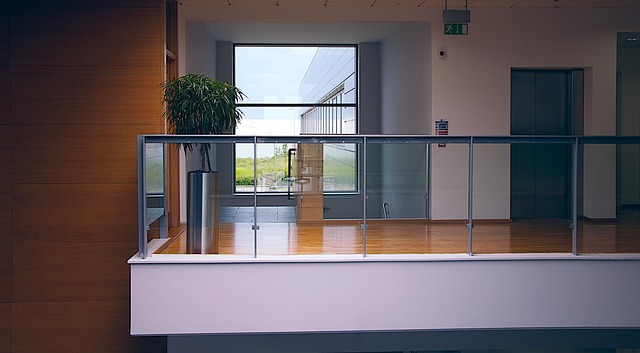
In numerous commercial settings, from vast industrial warehouses to sprawling office complexes, the strategic implementation of destratification fans has proven to be a game-changer in optimizing air distribution and enhancing HVAC efficiency. These powerful tools tackle the persistent issue of thermal stratification, where warm air tends to rise to the ceiling while colder air remains near the floor, creating uncomfortable temperature disparities.
Successful case studies highlight the remarkable results achievable through this technology. For instance, in a large manufacturing facility, the installation of ceiling-mounted destratification fans led to significant energy savings and improved working conditions. By effectively redistributing warm air and promoting vertical air mixing, these fans eliminated cold spots and hot zones, resulting in uniform temperature control throughout the space. This not only increased employee comfort but also contributed to substantial reductions in energy consumption related to heating and cooling processes, demonstrating the dual benefits of enhanced air circulation and cost savings in commercial applications.
Commercial destratification fans play a vital role in optimizing air distribution within large spaces, ensuring consistent temperature and improved comfort. By understanding their unique benefits and implementing effective strategies, businesses can achieve energy efficiency and enhance occupant well-being. Modern fan technologies offer advanced control and customization, making them indispensable for creating optimal indoor environments. Through real-world case studies, it’s evident that strategic use of destratification fans can revolutionize air management in various settings, from offices to warehouses.





